[Editor’s Disclaimer: Aoide Magazine supports forest restoration, it makes sense. As to the climate change and carbon issues, the magazine is neutral and avoids the hype and misinformation from both the left and right for political agendas.]
We live in an age where techno solutions are paraded as the antidotes to climate and environmental issues, both real and imaged. Politicians, billionaires, financial cartels, and tech giants rally behind innovations like carbon capture and renewable energy, proclaiming these tools as the silver bullets in our fight for a better environment. But beneath the surface lies a troubling truth, these solutions often cause as much harm as they seek to prevent. In contrast, reforestation, a natural, time-tested process, stands as the only true method for carbon sequestration that doesn’t perpetuate the cycle of destruction.
Whether you may agree or disagree with the issues of climate change, greenhouse gases, green footprints, and the need for carbon capture, increasing the number of trees in both rural and urban areas makes sense. It will help clean up the environment, purify the air, does not use hazardous materials, is simple with easy access, will reduce city’s temperatures, protect wildlife habitats, and beautify living spaces.
This article explores why some technological so-called fixes are flawed and why we must embrace nature’s solutions instead. The allure of techno-fixes are just a little too good to be true, like the tech industry’s own version of lipstick on a corpse. Politicians, investors, and financial institutions love them because they seem quick, efficient, and above all, profitable. But beneath their metallic sheen these so-called “solutions” only serve to perpetuate the very cycles they claim to disrupt. In addition, politicians, investors, and financial institutions love the $billions in green tech tax advantages and government subsidies at the taxpayer’s expense.
The Carbon Capture Mirage
Let’s start with carbon capture technologies. They’re all the rage, aren’t they? Everyone’s tripping over themselves to fund a machine that can vacuum up our sins like yesterday’s dust. But the truth is these systems are not nearly as effective as promised. Sure, they can trap carbon, but where does it go? As well, these machines require obscene amounts of energy, ironically, from the very fossil fuels they’re supposed to counterbalance. It’s like trying to put out a fire with gasoline and a wink.
Renewable Energy’s Dark Side
Now let’s play with the idea of renewable energy for a moment. Solar, wind, geothermal, hydropower, oh it all sounds so idyllic. Until you factor in the vast environmental footprint of mining rare minerals for solar panels or the destruction of wildlife habitats for wind farms. Clean energy isn’t so clean when you look at the fine print. And while we’re at it, let’s not forget that many of these “green” projects are controlled by the same corporations who built their empires on fossil fuels. Change the packaging all you want, it’s still the same product.

Reforestation: The Only Sane Option
Now, let me show you the antidote to all this tech-driven madness, Reforestation. It’s simple, primal, and doesn’t require multi-billion-dollar investments. Trees have been locking away carbon for millennia, no batteries required. They don’t malfunction and don’t need constant updates. Reforestation restores ecosystems, prevents soil erosion, and supports biodiversity. And let’s be honest, planting trees is just logical, nothing says “sustainable future” like a lush, thriving forest. Unlike carbon capture technology, trees don’t just sequester carbon, they enrich the soil, create oxygen, and foster life in ways machines never could.
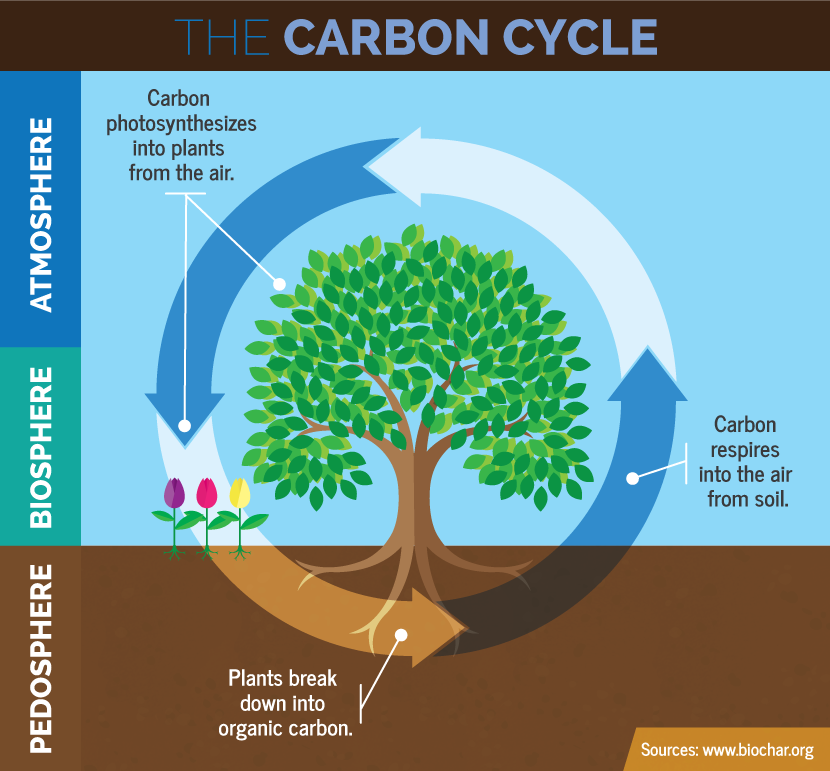
The Truth About Techno-Solutions
The problem with these tech-driven solutions is that they still cling to the same mindset that got us into this mess: control and domination. Humans trying to outsmart nature, thinking we can slap a device on the problem and call it a day. But nature isn’t something you control, it’s something you collaborate with. And reforestation, a beautifully simple, patient process, works because it’s in harmony with the planet’s natural cycles, not in opposition to them.
Embrace the Wild
In the end, the real solution isn’t found in boardrooms, but in the forests, in the wild, untamed places that have been healing the earth for a long time. Reforestation is not just the most effective tool for carbon sequestration, it’s the only one that doesn’t come with strings attached, no hidden catches, no sleek PR campaign. It’s time to stop chasing illusions of certain technologies and start replanting the future we want, one tree at a time.
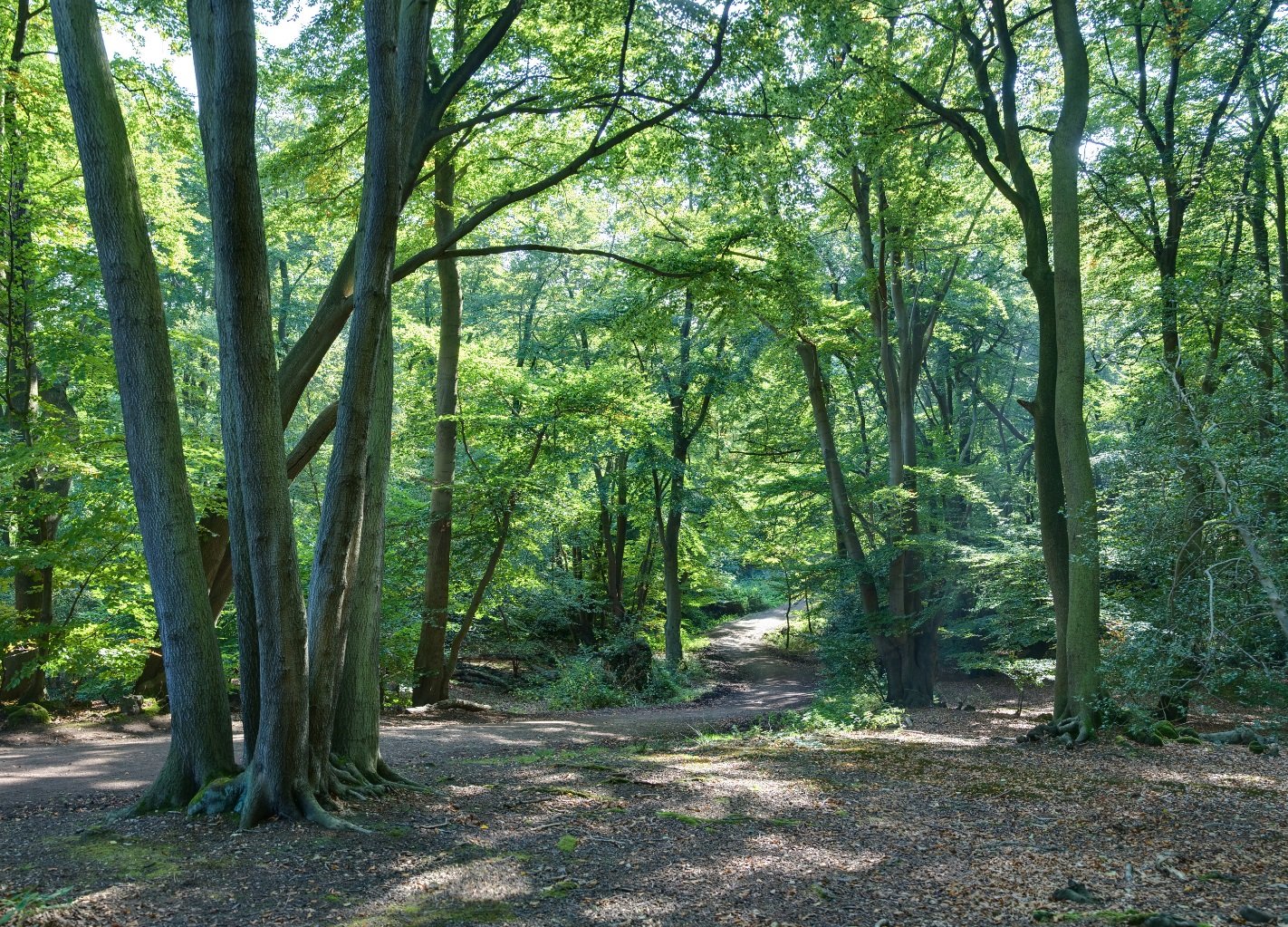
The Technological Mirage: Carbon Capture and Storage (CCS)
One of the most hyped solutions to carbon emissions is Carbon Capture and Storage (CCS), where carbon dioxide is pulled from industrial sources and pumped deep underground. In theory, this sounds like a promising idea, but in practice, it’s an energy-intensive process that ironically results in more emissions. Up to 30% of a power plant’s energy output is used just to capture and store carbon, leaving a smaller net reduction in emissions than anticipated. Moreover, the long-term risks of storing CO2 underground are substantial. Faulty storage could result in carbon leaks, potentially undoing the benefits of the entire process. And the infrastructure required for CCS, pipelines, compressors, and storage site, disturbs ecosystems, requires vast land use, and introduces a slew of logistical challenges that threaten the environment. Carbon capture and storage, of desperate corporate greenwashing campaigns. “Look, we’re saving the planet!” they proclaim, while casually funneling billions into a system that’s, at best, a band-aid over a gaping wound. Let’s face it, CCS is a tantalizing mirage, much like the promise of salvation in the eyes of a doomed man. It sounds noble: snatching up those pesky carbon emissions and burying them deep in the Earth.

But dig a little deeper and you’ll find it’s not the savior they paint it to be. The energy demands of CCS? Ha, it’s like using a bucket to scoop water out of a sinking ship while drilling holes in the hull. Up to 30% of a power plant’s energy sacrificed just to push carbon back underground, like some sinister reverse magic trick. And if you’re thinking, “Well, at least it’s something, right?”, well, let’s talk long-term risks. Pumping CO2 deep into the Earth is one thing, but keeping it there?
That’s a gamble. A crack, a seismic hiccup, and boom, carbon leaks that could unravel any “progress” faster than I can pull a trigger. Oh, and let’s not forget the ecosystem disruption. All those lovely pipelines, compressors, and infrastructure? A network sprawling across landscapes, slicing through habitats. It’s a logistical nightmare dressed up as eco-heroism. CCS, for all its glamour, is more like putting lipstick on a corpse. The only thing it truly captures is the fantasy that we can keep burning through the planet’s resources without consequence.
The High Price of Renewables
Solar panels and wind turbines are heralded as the golden children of green energy. But while these technologies provide cleaner energy once operational, the production and installation processes tell a darker story.
The push to build renewable infrastructure often comes at the cost of the very biodiversity it aims to protect. And when these technologies reach the end of their lifecycle? We’re left with mountains of electronic waste, solar panels, and wind turbines that are difficult and costly to recycle. The clean energy, solar panels and wind turbines, come with a bit of a dirty secret. We like to imagine we’re saving the world, basking in the warm glow of our virtuous renewable energy. Yet, behind the scenes, it’s more of a chaotic dance, a trade-off that costs us both environmentally and ecologically.
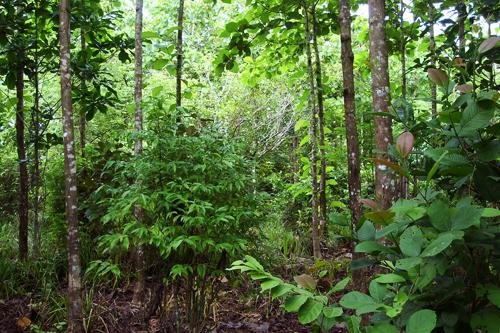
Let’s start with those solar panels. But no, those sleek panels rely on rare earth metals like cadmium and tellurium, pulled from the Earth’s bowels through mining practices that ravage ecosystems and leave communities in shambles. The mining industry behind your precious solar array? Think toxic runoffs, water contamination, and scarred landscapes. Quite the green legacy, don’t you think?
And wind turbines? Those towering giants slicing through the air like futuristic sentinels of progress? They aren’t quite as harmless as they seem. The price is paid by wildlife, particularly birds, whose migratory paths now intersect with blades that don’t exactly offer a friendly breeze.
But let’s not forget about land usage, swathes of natural habitats turned into barren plots hosting a sea of panels or spinning towers. Sure, we get clean energy, but the cost is often entire ecosystems uprooted, landscapes scorched, and local biodiversity pushed aside. And when the honeymoon period is over? Oh, that’s where things get messier. Solar panels and wind turbines have their expiration dates, about 20 to 25 years. Then, we’re left with mountains of high-tech toxic trash.

Recycling these components isn’t as easy as tossing them in the blue bin. Solar panels, with their toxic materials, pose a significant challenge to safely break down, and the same goes for turbine blades made of composite materials, nearly impossible to recycle affordably. So, yes, renewables are “cleaner,” but the dirtiness isn’t gone, it’s just swept under the proverbial rug. We might be transitioning from fossil fuels, but the bill for green energy is still coming due, and it’s heavy with ecological sacrifice and waste. We’re not saving the world, merely swapping one price for another.
Geoengineering: Playing with Fire
In more extreme corners of climate tech, geoengineering has emerged as a proposed solution. By manipulating the Earth’s atmosphere, proponents believe they can artificially control the climate. This includes solar radiation management, where particles are injected into the atmosphere to reflect sunlight and cool the planet. But tampering with the Earth’s systems is a dangerous game. The long-term ecological consequences of geoengineering are unknown, and if miscalculated, these interventions could cause devastating shifts in weather patterns, rainfall distribution, and food production. Additionally, geoengineering does nothing to reduce the root cause of climate change and carbon emissions.
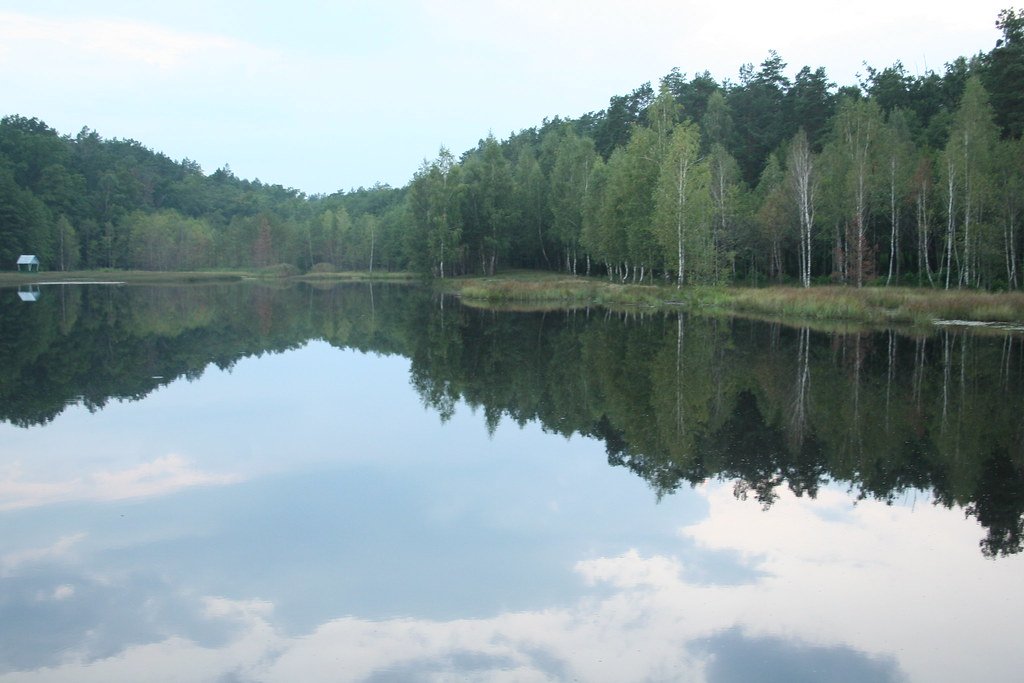
Geoengineering, the audacious game of cosmic chess where humanity thinks it can manipulate the atmosphere like a puppet. Injecting particles into the sky to reflect sunlight? Sure, sounds like the beginning of a sci-fi epic where everything goes terribly, terribly wrong. Solar radiation management is like playing God with a matchstick in a room full of gasoline. The irony? It’s not even addressing the root problem. We’re still burning up the planet with carbon emissions, but somehow, geoengineering’s proponents think they can slap a shiny band-aid on the wound and call it a day.
When these self-proclaimed wizards of climate tech start fiddling with the sky, hoping to cool the Earth, they’re rolling the dice with ecosystems, weather patterns, and food supplies. A slight misstep and, whoops, suddenly, you’ve got droughts where there used to be rainfall, or floods wiping out entire crops. Devastating ecological shifts at the expense of actually fixing the cause of the problem.
The Silent Cost of Electric Vehicles (EVs)
Electric vehicles (EVs) are another shiny solution, widely promoted as a way to reduce emissions. While EVs produce zero tailpipe emissions, they are far from perfect. The batteries that power these vehicles require lithium, cobalt, and nickel—minerals that are extracted at a great cost to the environment and to human rights.
As demand for EVs grows, so too will the demand for these raw materials, making this “clean” technology far from environmentally benign. The electric vehicle, a slick little toy wrapped in promises of a cleaner, greener world. The kind of promise that, when you dig beneath the glossy marketing, starts to stink of hypocrisy and exploitation. Sure, no tailpipe emissions, that’s the selling point. But no one wants to talk about the real toll, the silent cost as you put it, of these battery-powered saviors.
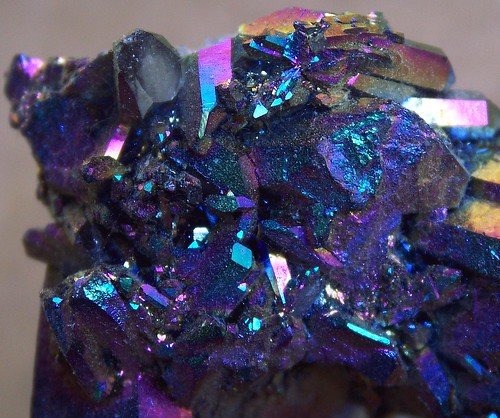
The batteries, the lifeblood of EVs, come at a far higher price than what you swipe your card for. Lithium, cobalt, and nickel don’t just magically appear. These minerals are ripped from the earth, leaving behind scarred landscapes, poisoned waters, and displaced communities. Deforestation, soil erosion, toxic waste, mining isn’t exactly a quaint walk through the park. And while the world pats itself on the back for reducing carbon emissions, entire ecosystems are being annihilated to feed the insatiable demand for these “clean” cars.

And then there’s the human cost. Places like the Democratic Republic of Congo come to mind, where cobalt mining often involves child labor. Kids as young as seven are pulled into these hellish pits, working under dangerous conditions for a fraction of what their lives are worth—all so someone can cruise silently through city streets, feeling virtuous in their eco-friendly bubble.
This is where the utopia of EVs starts to unravel into dystopian reality. So yes, electric vehicles might have an edge over gas-guzzlers when it comes to emissions, but that’s a very narrow lens, darling. The world likes to play at clean and sustainable solutions, but the truth is murkier, darker.
As the demand for EVs skyrockets, the mining expands, the destruction deepens, and the human suffering intensifies. It’s not as clean-cut as they’d like you to believe, and for every “zero-emission” vehicle out there, there’s a trail of devastation that most people prefer to keep invisible.
Reforestation: The Natural Solution
In contrast to the manufactured solutions that carry high ecological costs, reforestation offers a simple, sustainable, and proven method to combat environmental issues. Trees naturally absorb carbon dioxide from the atmosphere through photosynthesis, converting it into biomass that can be stored for centuries. But reforestation goes beyond just carbon capture.
Forest ecosystems support biodiversity, improve soil health, prevent erosion, and regulate water cycles. A single hectare of reforested land can absorb between 2.6 to 6.4 tons of carbon per year, all while providing habitats for endangered species and supporting local communities through sustainable agroforestry. Moreover, reforestation efforts can be managed in a way that engages local communities, offering employment opportunities and enhancing food security.
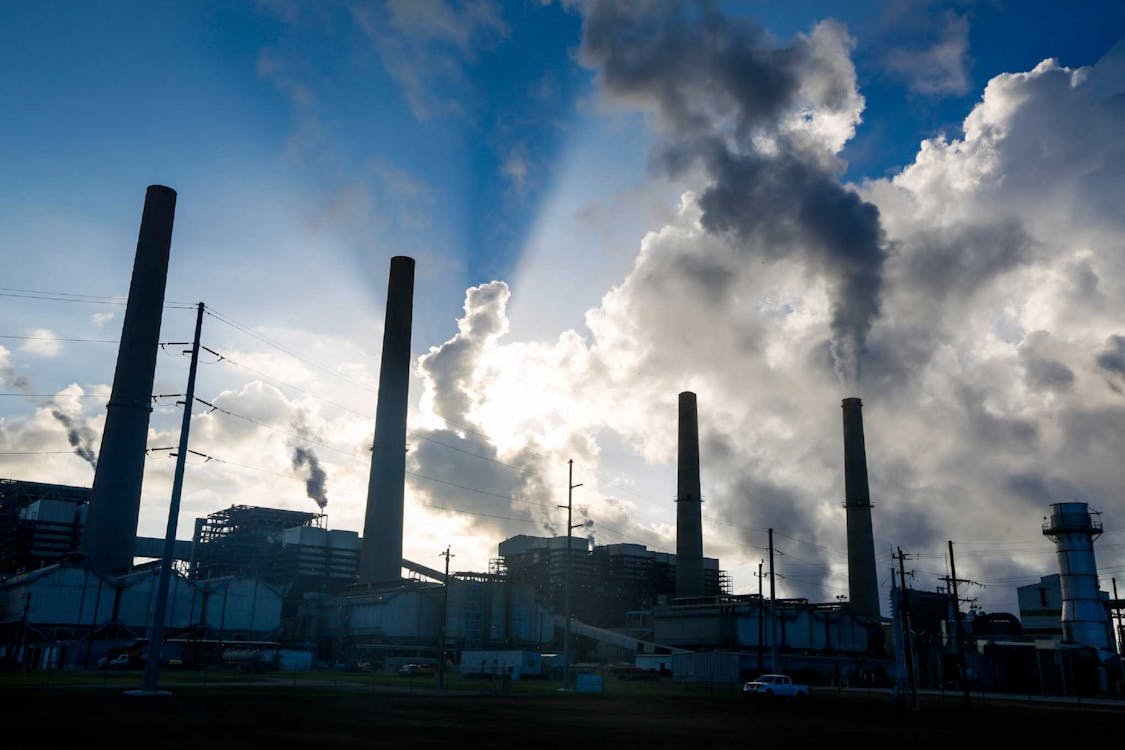
Furthermore. reforestation is inherently decentralized, giving communities control over their natural resources. The seductive allure of nature doing what it’s done best for millennia, cleaning up after our mess. Reforestation, the luscious green antidote to human-induced chaos, stands tall and proud, doesn’t it? Unlike all those overpriced, high-tech gimmicks corporations push, this method is elegant in its simplicity. Trees, those towering titans of photosynthesis, suck carbon right out of the sky, locking it away for centuries without breaking a sweat.
But wait, there’s more. It’s not just about carbon capture; forests cradle entire ecosystems. They bring life to the soil, steady the land with their roots, and keep the water cycle purring along. And let’s not forget, they offer sanctuary to endangered species, a little biodiversity haven amid humanity’s expansion. Just a single hectare of restored forest can absorb between 2.6 to 6.4 tons of carbon per year, all while offering job opportunities through sustainable agroforestry.
Talk about a win-win. And the pièce de resistance? Unlike those glitzy corporate schemes trying to monopolize salvation, reforestation puts power back where it belongs, in the hands of the people. Decentralized, natural, and dripping with potential for both community and climate. It’s almost too perfect, isn’t it? I suppose nature really does know best.
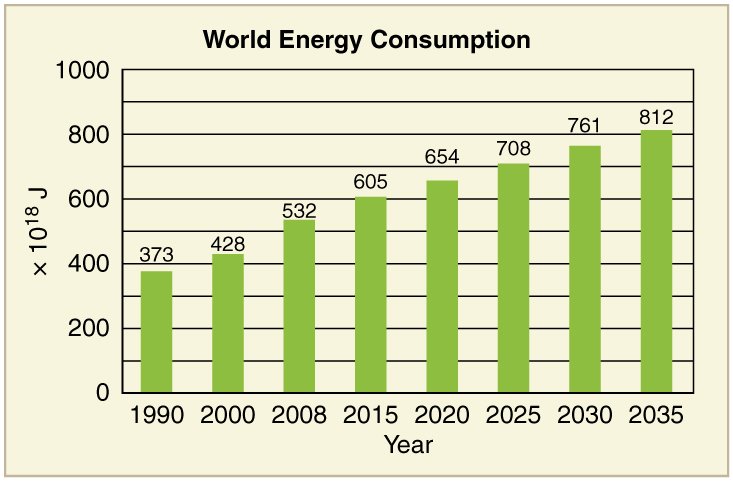
Why Reforestation Works Where Green Tech Fails
What sets reforestation apart from technological solutions is its ability to address climate change while preserving ecological integrity. Unlike CCS or renewable energy infrastructure, which requires massive amounts of land, energy, and materials, reforestation works within the existing structure of nature. There is no need to build massive factories or industrialize the planet further; reforestation simply involves restoring natural systems that have been degraded by human activity.
It’s a self-sustaining process that continues to yield benefits long after the initial investment of planting trees. Simplicity of reforestation. Nature’s quiet rebellion against human arrogance, where no massive tech hubs, towering wind turbines, or sprawling solar farms are needed to suck the carbon out of the sky.

No, reforestation slips into the existing balance of the planet’s lungs with a kind of elegance that technology can’t replicate. Why does it work? Because it leans into nature’s blueprint instead of trying to outthink it. When you plant a tree, you’re not just burying carbon. You’re revitalizing ecosystems, encouraging biodiversity, and stabilizing soil, all while letting the forest do what it’s done since time immemorial, sustain itself. And you don’t need to mine the earth for rare metals or build a factory that requires its own power grid. Technology, as delightful as its brute force may be, tends to create more problems in solving the original one, using more resources, creating new environmental strains. Reforestation, on the other hand, is the earth whispering back to itself, “I know how to heal.” It’s low maintenance, renewable, and, unlike tech, doesn’t need constant human intervention or colossal inputs to keep it going. In the end, the balance tilts in favor of what works with the world, rather than against it. Sustainable.
And don’t forget planting trees and green spaces in our cities and suburbs to clean the air, reduce heat, and to beautify living and working spaces.
Conclusion: Returning to Nature’s Solutions
The race to solve climate and environmental issues has led us down a path where we’re attempting to out-engineer a problem we created by engineering the natural world in the first place. Technological solutions like CCS, renewable energy, and geoengineering may have their place, but they come with their own set of environmental costs that we can’t afford to ignore.
By contrast, reforestation offers a carbon solution that not only works, but restores the very ecosystems we’ve been destroying. It’s a reminder that sometimes the best solutions are the simplest ones, those that align with, rather than fight against, the natural order of the world. We’ve toyed with nature, engineered it, broken it, and now we’re racing to fix our own mess with even more tech, how typical. From carbon capture and storage (CCS) to geoengineering, these marvels of modern science might feel like a sleek fix, but there’s always a catch. CCS? Sure, it pulls carbon from the air, but where do we store it all? Geoengineering?

But what happens when we play God with weather patterns? Even renewables like solar and wind, those so-called “green” alternatives, still require vast land use, rare metals, and energy-intensive manufacturing processes. It’s like replacing one problem with another, just dressed in a greener shade. But here’s where we make our pivot. Enter nature, with the one solution that’s been here all along: reforestation.
Not only does it capture carbon, but it revives ecosystems, breathes life back into dead soils, and brings back biodiversity, the entire web of life we’ve so recklessly shredded. A slow dance with nature rather than an arms race against it. We don’t need to engineer a new solution when nature already crafted one perfectly. Maybe it’s time we take a page from her book, stop trying to outsmart our own damn selves and simply nurture the world we’ve taken for granted.
Sources
- Arbor Day Foundation
- Energy.gov
- Nature.org
- The Nature Conservatory
- NASA
- One Street Planter
- Reforestation Hub
- Science Direct
- U.S. Forest Service
- Veritree



